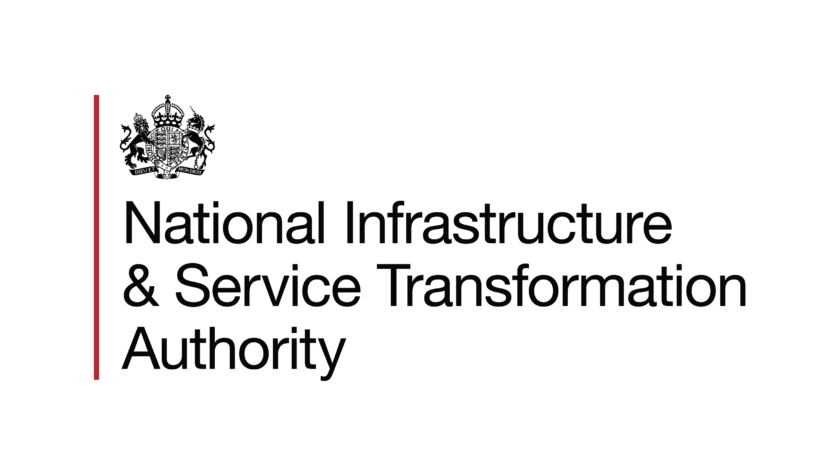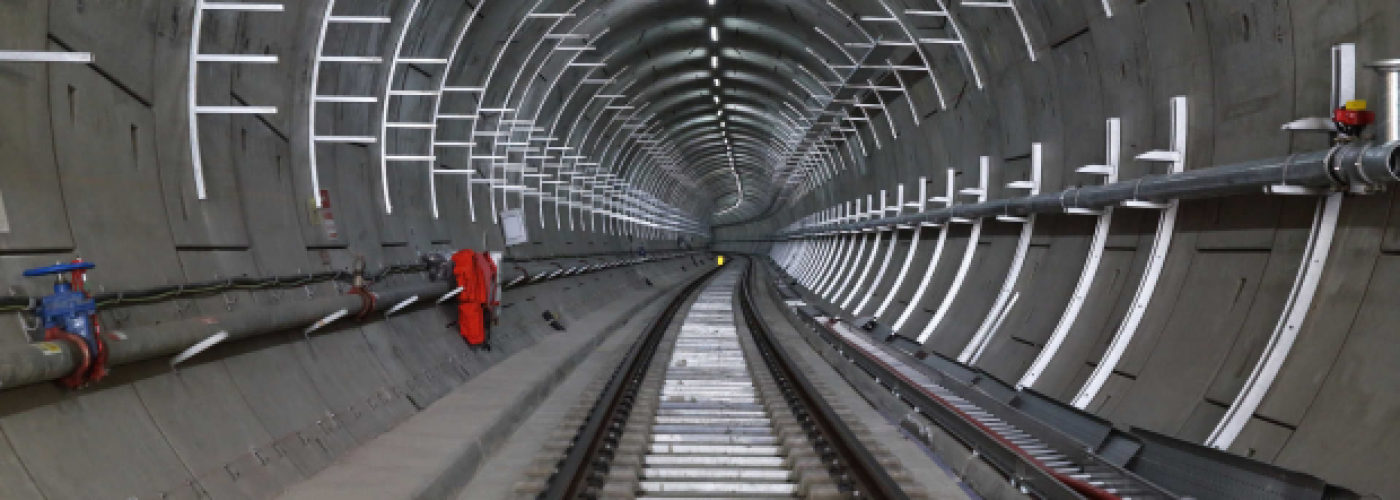The UK government has launched the National Infrastructure & Service Transformation Authority (NISTA), a move it claims will usher in a “new era” of infrastructure delivery.

The newly formed body merges the National Infrastructure Commission (NIC) and the Infrastructure & Projects Authority (IPA) into a single entity under the Treasury’s control. This restructuring aims to streamline strategy and execution, addressing the persistent delays and cost overruns that have plagued major UK projects.
A Shift in Strategy
The NIC was originally established in 2015 as an independent advisory body tasked with identifying the UK’s long-term infrastructure needs. However, its recommendations were often overlooked, as seen in the cancellation of HS2’s northern legs and the sluggish rollout of key energy projects.
By 2017, the NIC had already lost much of its autonomy when it became an executive agency of the Treasury. Now, the government has taken a further step by merging it with the IPA, which previously sat within the Cabinet Office.
While the NIC has been formally abolished, its commissioners—independent infrastructure experts—will continue in an advisory role within NISTA. The extent to which this new body will differ in practice from its predecessor remains to be seen, but the government appears keen to maintain the NIC’s expertise while giving the Treasury greater control over infrastructure planning and execution.
Bridging the Gap Between Planning and Delivery
Speaking at Skanska’s UK headquarters in October, Chief Secretary to the Treasury Darren Jones acknowledged past failures in infrastructure delivery.
“The National Infrastructure Commission has produced excellent strategic reports, and the Infrastructure & Projects Authority has unmatched expertise in delivering critical projects. But the government has collectively still failed to deliver. This is what we will change,” he said.
“NISTA will bring oversight of strategy and delivery into one organisation, ensuring our 10-year infrastructure plan is developed and implemented in conjunction with industry while improving efficiency across the country. In short, it will bridge the gap between what we build and how we build it.”
Today, Jones reaffirmed the government’s commitment to reforming infrastructure delivery. “NISTA will get a grip on the delays that have damaged our global reputation with investors. We are ushering in a new era, restoring business confidence, and driving a decade of national renewal to power growth across the country,” he stated.
A Rocky Start
Despite its ambitious remit, NISTA is currently without a chief executive or a national infrastructure strategy. For now, it is being led by Jean-Christophe Gray, a former spokesperson for David Cameron and private secretary to Prince William. The Treasury has promised that a permanent CEO will be appointed “shortly,” along with a revised version of the UK’s 10-year infrastructure strategy, last updated in 2020.
There are also unresolved political questions about how NISTA will function. The NIC was under Treasury control, while the IPA was part of the Cabinet Office. The two departments are now working on a memorandum of understanding to clarify NISTA’s precise role and relationship with both.
As the government seeks to restore confidence in the UK’s infrastructure capabilities, the success of NISTA will depend on whether it can truly transform delivery—or whether it simply becomes another layer of bureaucracy.
Building, Design & Construction Magazine | The Choice of Industry Professionals





